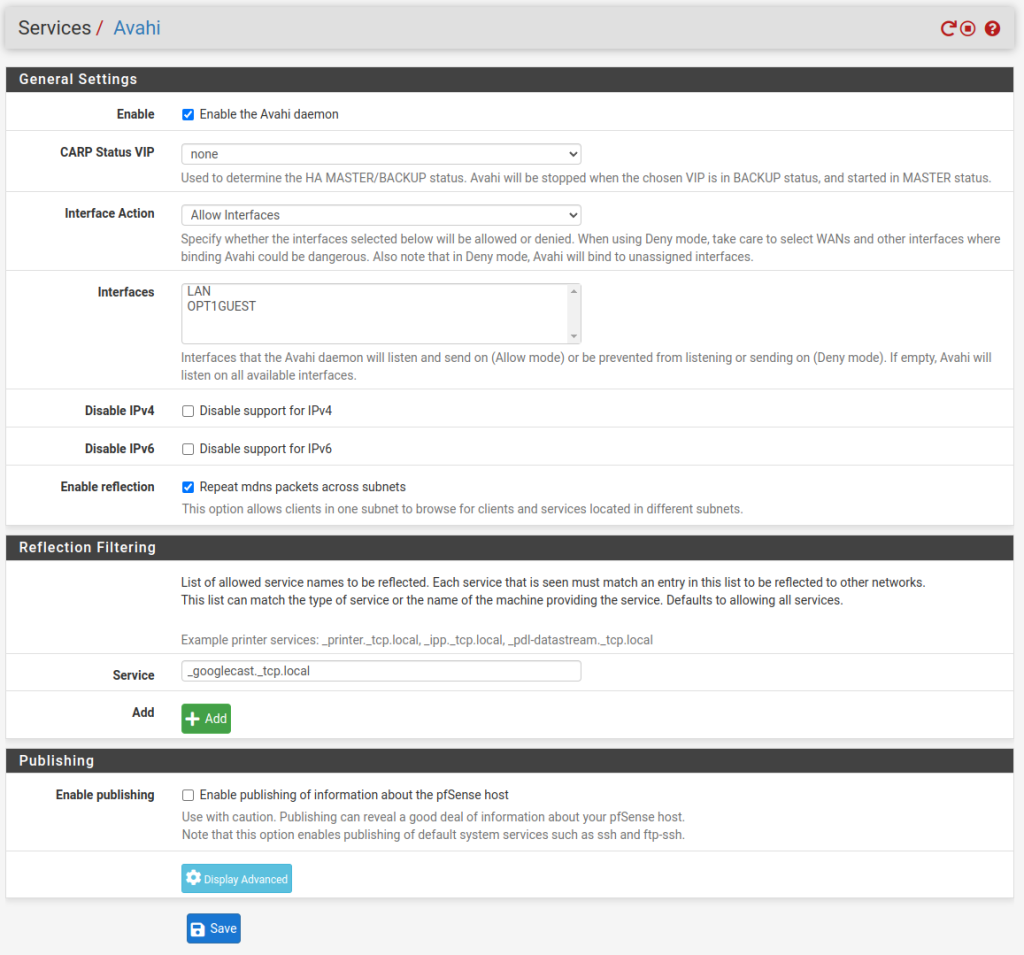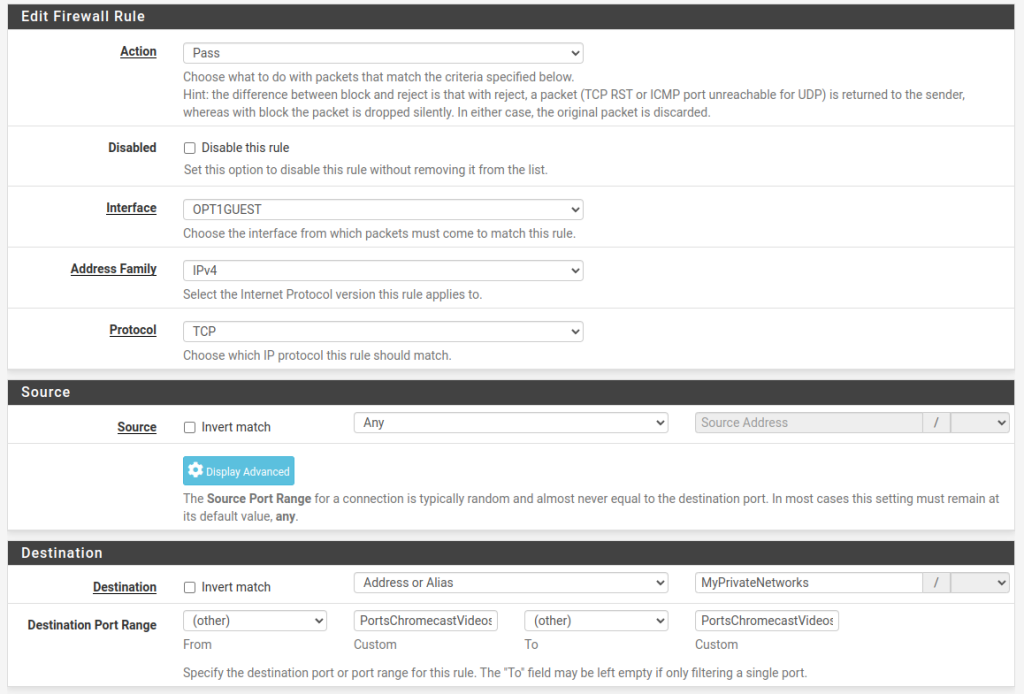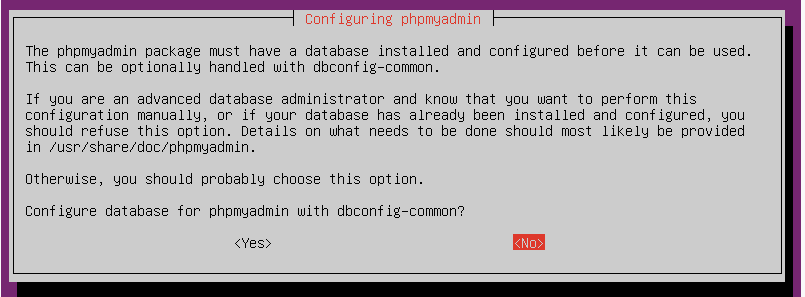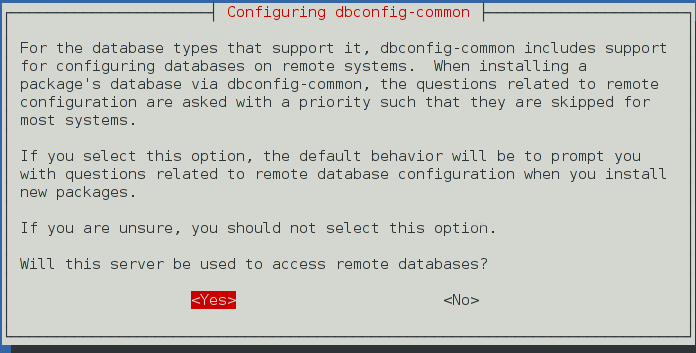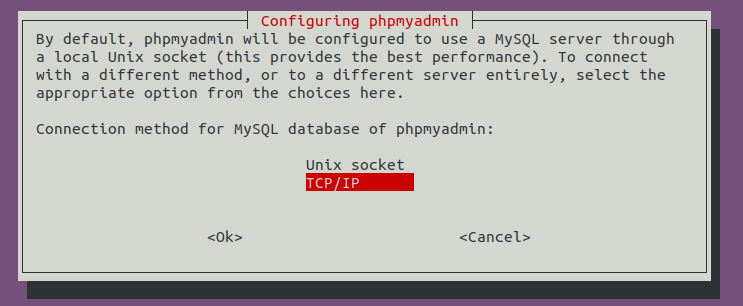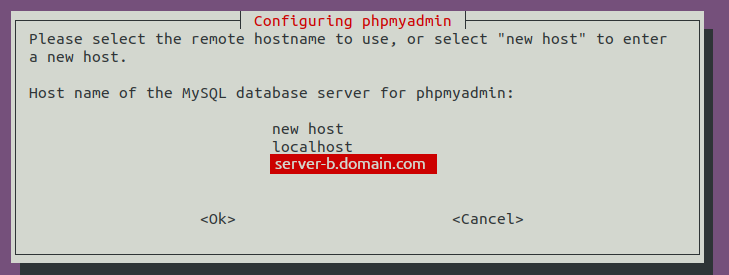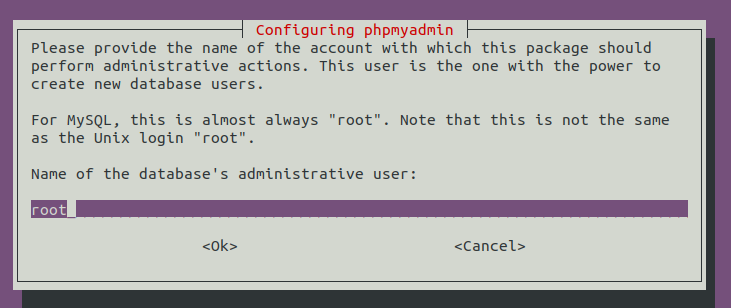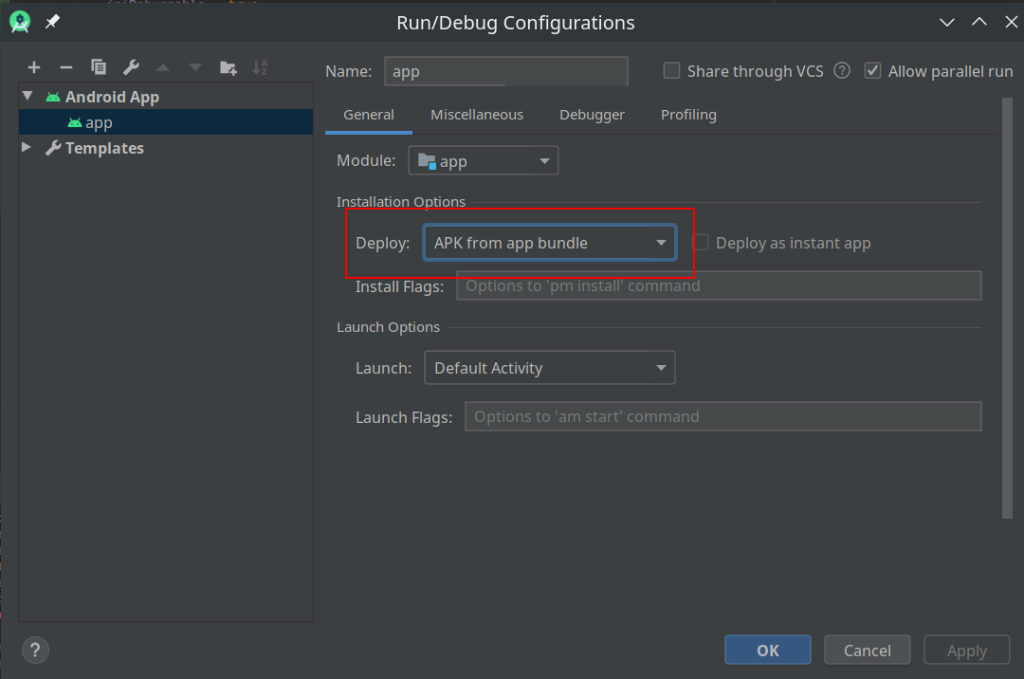(Analysis and solution significantly aided by ChatGPT)
After an upgrade of my pfSense from 2.7.2 to 2.8.0, the firewall started crashing about once every couple of days with a kernel panic. After updating to 2.8.1, the problem persisted.
The Problem
Checking /var/crash, I found multiple dumps, all reporting the same kernel panic:
panic: page fault
Digging through textdump.tar.* and info.*, the backtrace showed:
vm_reserv_level_iffullpop()
pmap_enter()
vm_fault()
vm_map_wire_locked()
vm_map_wire()
vslock()
sysctl_wire_old_buffer()
sysctl_kern_malloc_stats()
sysctl_root_handler_locked()
sysctl_root()
userland_sysctl()
kern___sysctlbyname()
sys___sysctlbyname()
--- syscall (570, __sysctlbyname) ---Each crash was triggered by the process netstat—specifically when it queried system memory statistics using the -m flag.
In plain terms, any netstat -m call would instantly crash the kernel.
The Root Cause
This pfSense release (2.8.x-RELEASE) is based on FreeBSD 15.0-CURRENT, a development snapshot. The kernel panic originates from a bug in the FreeBSD memory subsystem, specifically in sysctl_kern_malloc_stats().
When a userland process (like netstat or pfSense’s PHP dashboard) calls this sysctl, the kernel incorrectly tries to wire an invalid memory page — resulting in a fatal page fault.
The Trigger: pfSense Dashboard and RRD
I confirmed the trigger with a simple search:
grep -R "netstat -m" /etc /usr/local/{pkg,bin,sbin,www}These were the offenders:
/etc/inc/rrd.inc: $rrdupdatesh .= "MBUF=`$netstat -m | ";
/usr/local/www/status.php:status_cmd_define("Network-Mbuf Usage", "/usr/bin/netstat -mb");
/usr/local/www/includes/functions.inc.php: $mbufs_output=trim(`/usr/bin/netstat -mb | ...`);So the web dashboard and RRD data collector were both invoking netstat -m automatically — each time crashing the firewall.
The Fix
The goal was to prevent netstat -m from running, without breaking the rest of pfSense or normal netstat commands.
- Save the Original Binary
cp /usr/bin/netstat /usr/bin/netstat.real
chgrp kmem /usr/bin/netstat.real
chmod 2555 /usr/bin/netstat.real- Replace
/usr/bin/netstatwith a Wrapper
cat >/usr/bin/netstat <<'EOF'
#!/bin/sh
# pfSense 2.8.1 snapshot workaround: avoid kernel panic from kern.malloc_stats
for arg in "$@"; do
case "$arg" in
-m|-mb|-bm)
# Exit success with empty output so callers don't crash the kernel
exit 0
;;
esac
done
exec /usr/bin/netstat.real "$@"
EOF
chmod 755 /usr/bin/netstatNow:
netstat -m # -> no output, safe
netstat -rn # -> works as normal- Verify
/usr/bin/netstat -m ; echo "exit=$?"
/usr/bin/netstat -rn | head -5Expected result:
exit=0
Routing tables
Internet:
...TL;DR
If your pfSense 2.8.x (FreeBSD 15.0-CURRENT) system keeps crashing with “panic: page fault” in sysctl_kern_malloc_stats, it’s caused by netstat -m.
Replace /usr/bin/netstat with a wrapper that ignores -m options, and your firewall will live happily ever after.
